The EIB steers the Western Balkans towards the EU
From ancient times, the Western Balkans has been a central part of European history. Its culture, arts and economy have helped shape Europe.
The European Investment Bank has been active in the Western Balkans since 1977. It is the largest international financier in the region. After the tumultuous 1990s in the Balkans, the EIB has intensified its effort to steer the area towards European integration, in line with the EU’s enlargement policy.
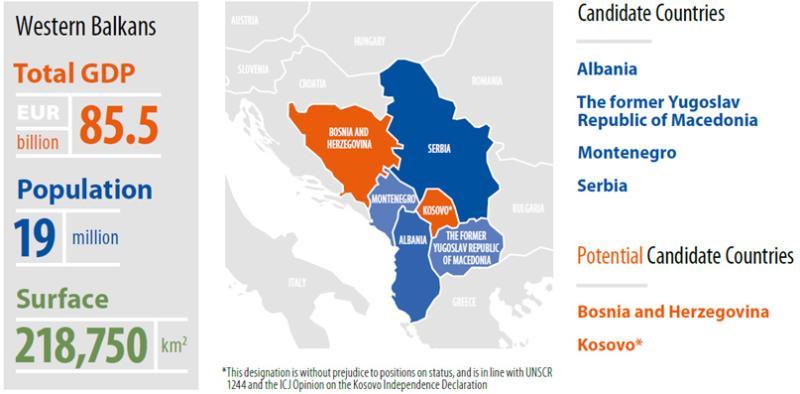
In the late 1990s, financing focused on urgent reconstruction and repairs to damaged bridges and railways, ports, airports and roads.
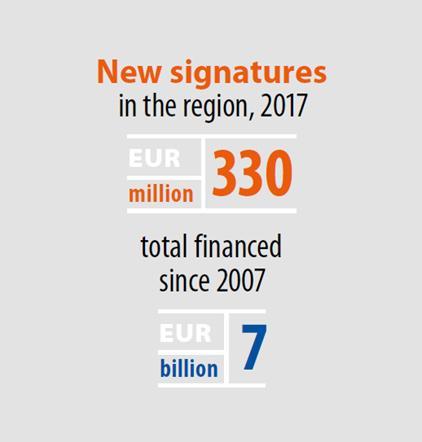
Since 2010, the EIB has expanded its work in the Western Balkans into many new areas, such as health care, education, research and development. The Bank also started helping the private sector, making foreign direct investments and offering assistance to small and medium-sized enterprises (SMEs).
What the EIB does
As part of the overall EU strategy for the region, the EIB improves people’s lives in the Western Balkans by providing finance and expertise in four main areas: innovation, small businesses, infrastructure and climate action. EIB activity in these areas supports implementation of the new European Commission Strategy for the Western Balkans, particularly the elements that seek to improve socio-economic development, connectivity and the introduction of the Digital Agenda. The EIB is a key player in the Commission-led Western Balkans Investment Framework, which blends EU grants with loans from international financial institutions to prepare and implement investment in areas such as transport, energy and private sector development that are deemed a top priority by governments in the Western Balkans and the EU.
Infrastructure
Western Balkans countries have on average 54 kilometres of roads per 100 square kilometres of land, compared with about 126 kilometres of roads per 100 square kilometres in the Central and Southeast European countries in the EU, not including Romania and Bulgaria. Western Balkans governments and the European Commission have made it a priority to improve transport connections by 2020. The goal is to improve connections among Western Balkans countries and with the EU.
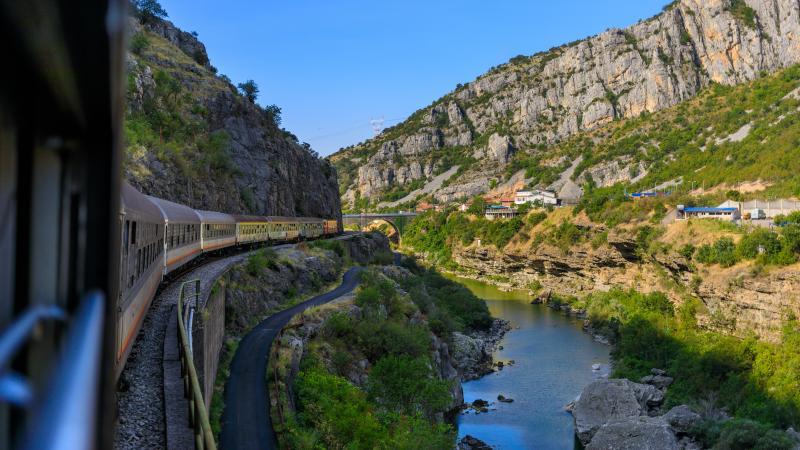
Montenegro's railway used to be one of its big accomplishments. It was the largest and most expensive infrastructure project in the former Yugoslav federation. But now it has fallen into decay. With the European Investment Bank's help, the railway plans a comeback. Last year, the EIB approved a EUR 20 million loan to rehabilitate the line from Bar to Vrbnica on Serbia's border.
“By investing in the improvement of railway connections, we contribute to safer, cleaner and faster transport links that will connect the people of this country with their neighbours and the European Union,” says Dubravka Nègre, the EIB's regional representative for the Western Balkans.
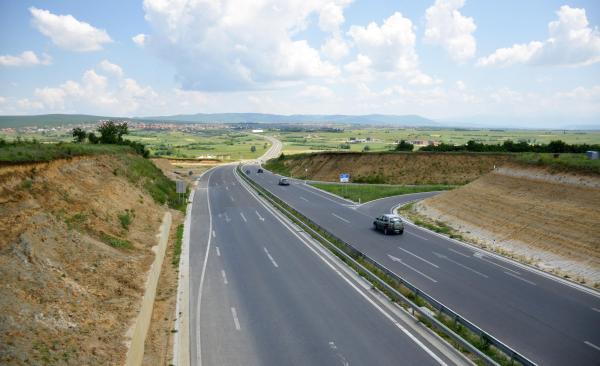
In 2013, the EIB signed a Framework Agreement with Kosovo*, allowing it to finance priority projects in environment, transport, telecommunications and energy infrastructure—all vital for the development of the country. This year the EIB signed a motorway loan, its biggest with Kosovo.
“This loan is the biggest Kosovo ever took,” says Lum Mita, head of international financial cooperation in the Kosovar Ministry of Finance. “It represents 1.8% of the country’s GDP.” The new road will cut travel time in half from Peja to Pristina on a route that serves 15,000 vehicles a day and carries 95% of Kosovo’s freight and passenger transport.
The Bank also supported the rehabilitation of 1,500 km of secondary and local roads all over Albania with a EUR 50 million loan. About one million people benefited directly from this project, co-financed with the European Commission and European Bank for Reconstruction and Development, across the country.
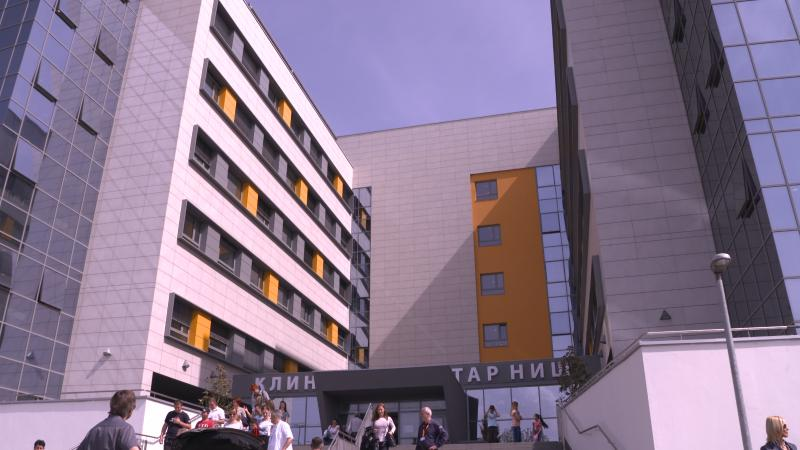
The Bank also supported public health in Serbia, where work on Niš Clinical Centre had stalled for a half century, until EIB financing helped build the country’s most modern clinical centre.
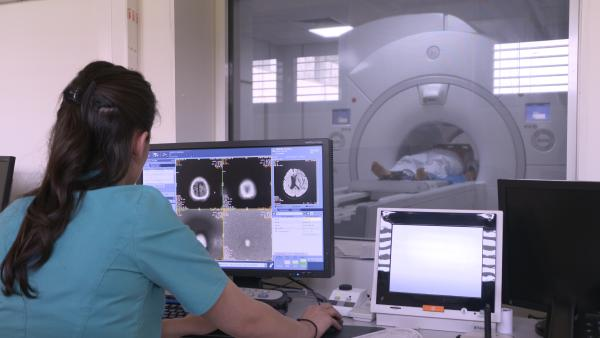
Construction on the new hospital started in 2013 under a EUR 430 million investment programme to improve clinical centres around the country. The European Investment Bank made a EUR 200 million loan for the programme and facilitated the provision of EU grants. The aim is to improve healthcare across the country and make it more accessible to the majority of the population. Besides Niš, the project also comprises the design, construction, renovation and equipment of clinical centres in Belgrade, Novi Sad and Kragujevac.
Small and Medium-sized Enterprises
The higher contribution of SMEs to employment in Western Balkans compared to the EU suggests that small firms are even more important for economic growth in the region than in the EU. The region’s economic prospects largely depend on the success of SMEs, which is why the EIB offers a number of financial instruments to help support SMEs across the Western Balkans, including in the Former Yugoslav Republic of Macedonia.

The EIB and the Macedonian Bank for Development Promotion have so far cooperated on four operations aimed at supporting small and medium-sized enterprises, as well as industrial investments in the fields of knowledge economy, energy, environmental protection and services. These loans total EUR 350 million. That’s significant, considering that almost 280,000 people work in more than 54,000 SMEs in the country.
Through these loans the Bank helped two families break out on their own and turn their SMEs into top national brands.
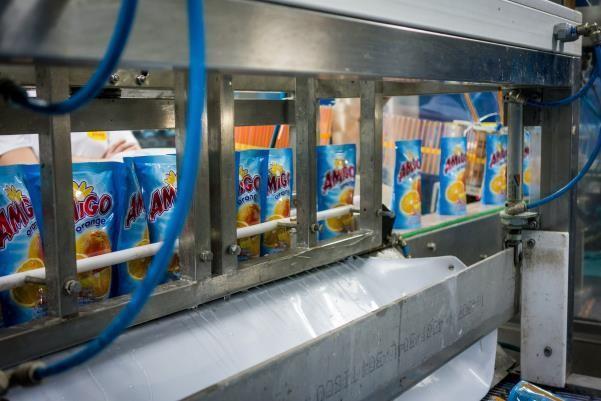
Innovation
In Serbia the Bank financed the Science Technology Park in the country’s capital, Belgrade. The park brings together young innovators and start-ups.
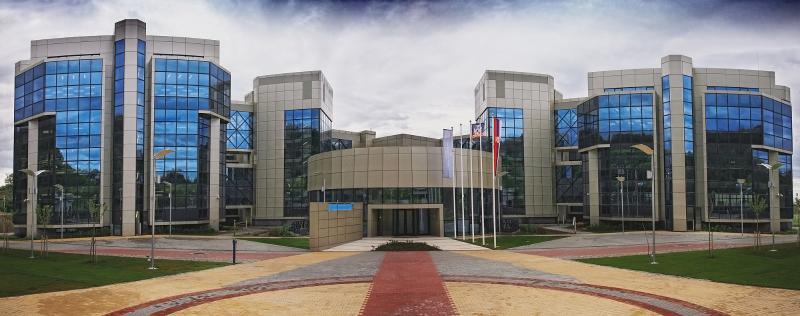
The European Investment Bank and the Serbian government signed a EUR 200 million loan in 2010 aimed at revitalising the country’s public research and development activity. These investments, spread across the country, will upgrade research facilities and infrastructure, offering a new science centre open to the public to promote science literacy, new construction to accommodate students and young scientists, and improved infrastructure in the field of medical science. EU grants totalling EUR 3.5 million greatly facilitated the realisation of this project.
Climate
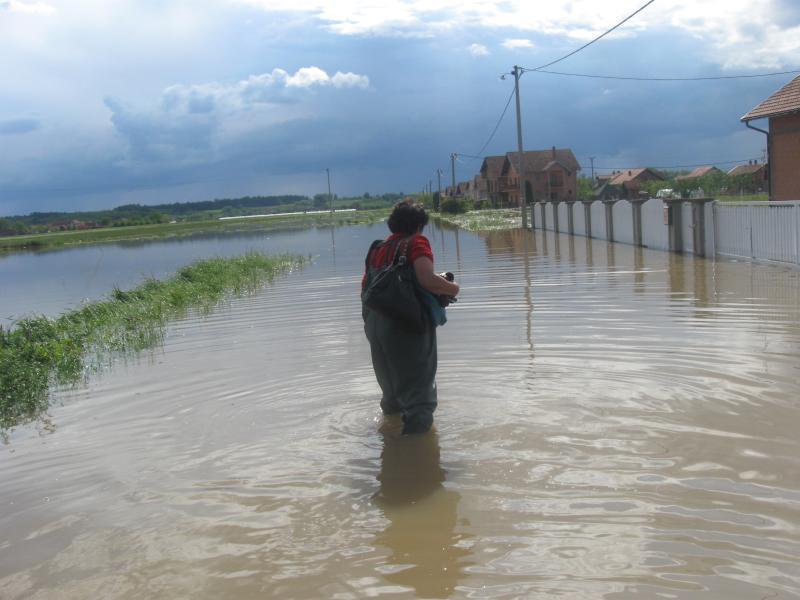
The heaviest rain in recorded history hit southeastern Europe in May 2014. Serbia and Bosnia and Herzegovina suffered most. It was the second time massive floods hit Bosnia and Herzegovina since 2010. More than 100,000 people were affected—with 33,000 evacuated from their homes, 35,000 residential houses and buildings and almost 90,000 hectares of agricultural and construction land inundated. Total damage was close to EUR 1 billion.
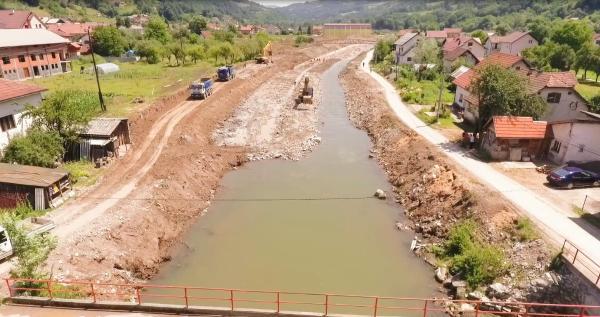
The European Investment Bank is helping Republic Srpska with a EUR 55 million loan for emergency reconstruction of flood protection facilities along the Sava and its tributaries. The project includes the rehabilitation of 78 km of dikes and 163 km of channels, as well as additional flood prevention measures.
In FYR Macedonia, the European Investment Bank and the government signed a EUR 50 million loan to increase the water supply in rural areas and improve wastewater disposal throughout the country. The project raised water quality in most of the 84 municipalities, improving the environment and public health.
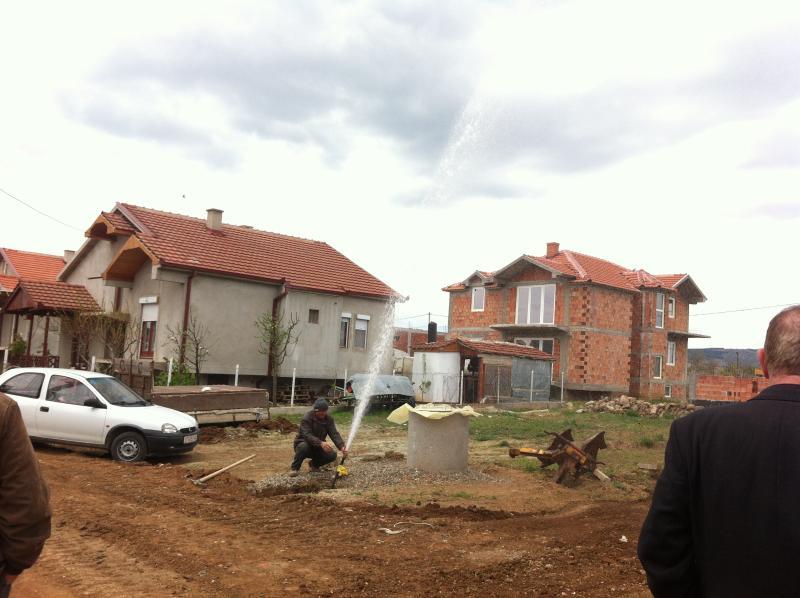
Economic Resilience Initiative
The EIB has intensified its support for the EU’s neighbours, in particular the Southern Neighbourhood and the Western Balkans, in pursuit of economic growth and the sustainable development goals. This extra support has become necessary after the migration crisis, which has created more development challenges in these regions, bringing into question the economic resilience of a number of countries. Making economies more resilient requires upgrading and developing social and economic infrastructures and stimulating private sector growth and job creation.
The EIB’s new Economic Resilience Initiative marks a big change in EIB support for the two neighbourhoods. The Bank is increasing its financing by EUR 6 billion over a five-year period that started in 2016 – in addition to the EUR 7.5 billion already envisaged – to catalyse up to EUR 15 billion of additional investment for both regions.
Download a detailed, printable brochure to learn more about the EIB’s activities in the region.
* This designation is without prejudice to the positions expressed by the EU Member States on Kosovo’s status and is in line with United Nations Security Council Resolution No. 1244/1999 and the International Court of Justice Opinion of 22 July 2010 on Kosovo’s declaration of independence.
